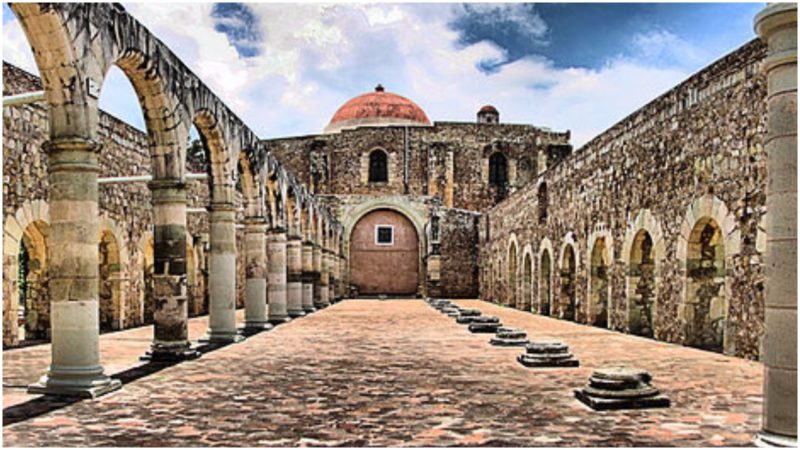Mexico is known worldwide for its landscape, culture and tradition. There are great number of colossal monuments, significant archaeological sites, unique structures and interesting abandoned buildings, perfectly fused with the breathtaking nature, that portray the thousand years old history of Mexico.
When people think about ruined and abandoned structures in Mexico, usually everybody think about the monuments of the pre-Columbian era. Certainly these archaeological discoveries are important, however in Mexico there are many significant buildings which were erected after the European discovery of America.
The unfinished monastery of Santiago Apóstol is situated in the town of Cuilapam de Guerrerro, in the state of Oaxaca, approximately 6 miles south of the city of Oaxaca. The monks of the Dominican order came in Oaxaca in 1528 and started erecting monasteries and churches in order to convert the indigenous people. This monastery was the largest in the region and that shows that the settlement was a significant cultural and political center of the Mixtec people. Characteristic details of Gothic, Renaissance, Plateresque and Moorish architecture were applied on the complex.
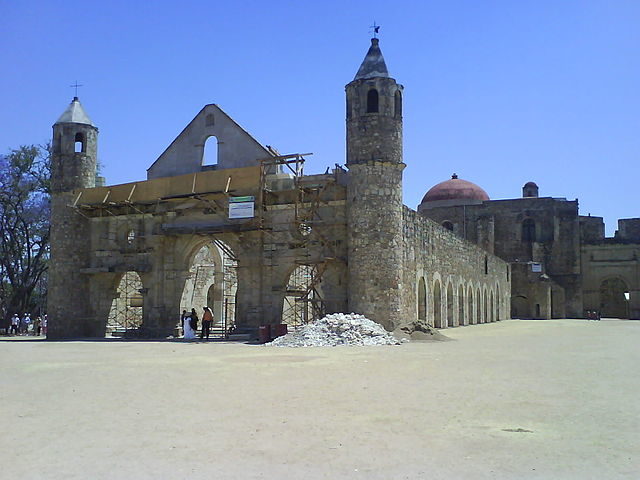
At its peak it could accommodate more than 50 monks, which illustrates its greatness. The construction of the buildings in the monastery lasted many decades. During this period the monks decorated its exterior and interior with murals specific to Christian art, but combined with Mesoamerican features. There are a few surviving artworks with religious motifs, but sadly they are showing signs of decay. Among them, probably the most beautiful is the carved baptismal font which is remarkably detailed. Today only the church, which is placed next to the ruined monastery, is used for prayers.
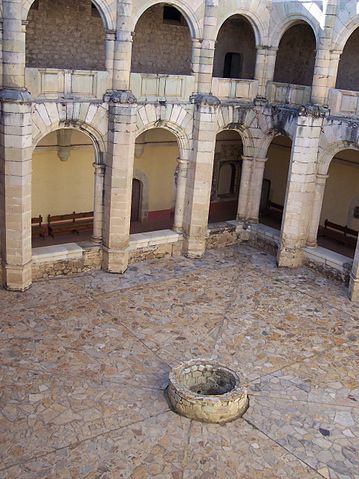
The main mission of the monks in Mexico was to convert as many as possible of the indigenous people to Christianity, and to make them loyal to the Catholic church and the Spanish Crown. That meant every man, woman and child they could find in the “new” world. For that purpose the monastery of Santiago Apóstol served as a base for spreading Christianity in a larger area. The monastery started to decline in the 17th century and it was completely abandoned and left to decay by the 19th century.
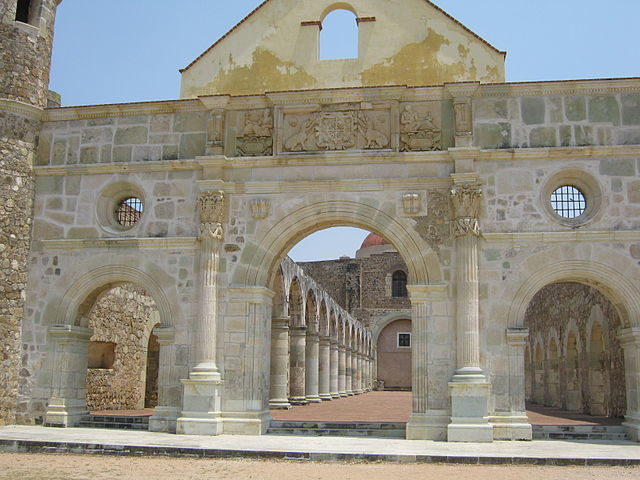
Actually the monastery was never completed. The circumstances made further development of the complex impossible and the monastery-to-be was to be known in it’s future as the unfinished monastery. Although some believe that bad fortune for the monastery came from unknown reasons, in reality, the rapid decline of the population that took place in the whole area during the 17th century stopped the progress of the monastery complex and in general ended the successful monastic life in the region. Metaphorically speaking, the demographic changes left the monks without work.
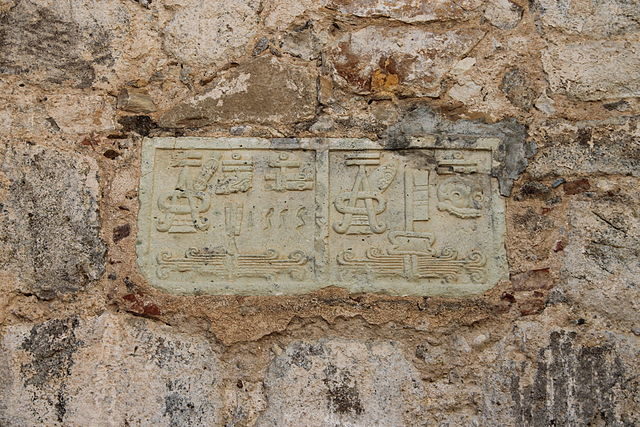
The monastery is built from local green-tinged stone. It has all of the characteristics of a monastery of the colonial era, but it has one uniqueness: the long uncovered basilica with its many arches. The basilica was left without a roof because the local native people preferred outdoor ceremonies. At the complex can also be found some large and dramatic hallways that bring echoes from the past. The cloister had 16 cells, as well working and residential areas. In the middle of the cloister there is a well which was used by the monks.
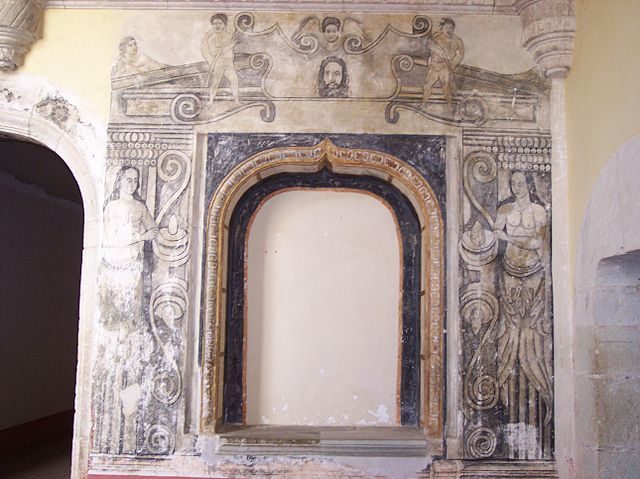
In the church is located the tomb and the tombstone of Princess Donaji, a princess of the Zapotec people and daughter of the last Zapotec king. She was one of the first converts in Christianity in the area and purposely was buried in the church in order to attract new converts. The complex was built near the ruins of Monte Albán, which was one of the most important religious and spiritual places for the Zapotec and Mixtec people. Usually the Catholic Church in the new world erected their churches and monasteries near the spiritual places of the native people to make the new faith more acceptable to them.
